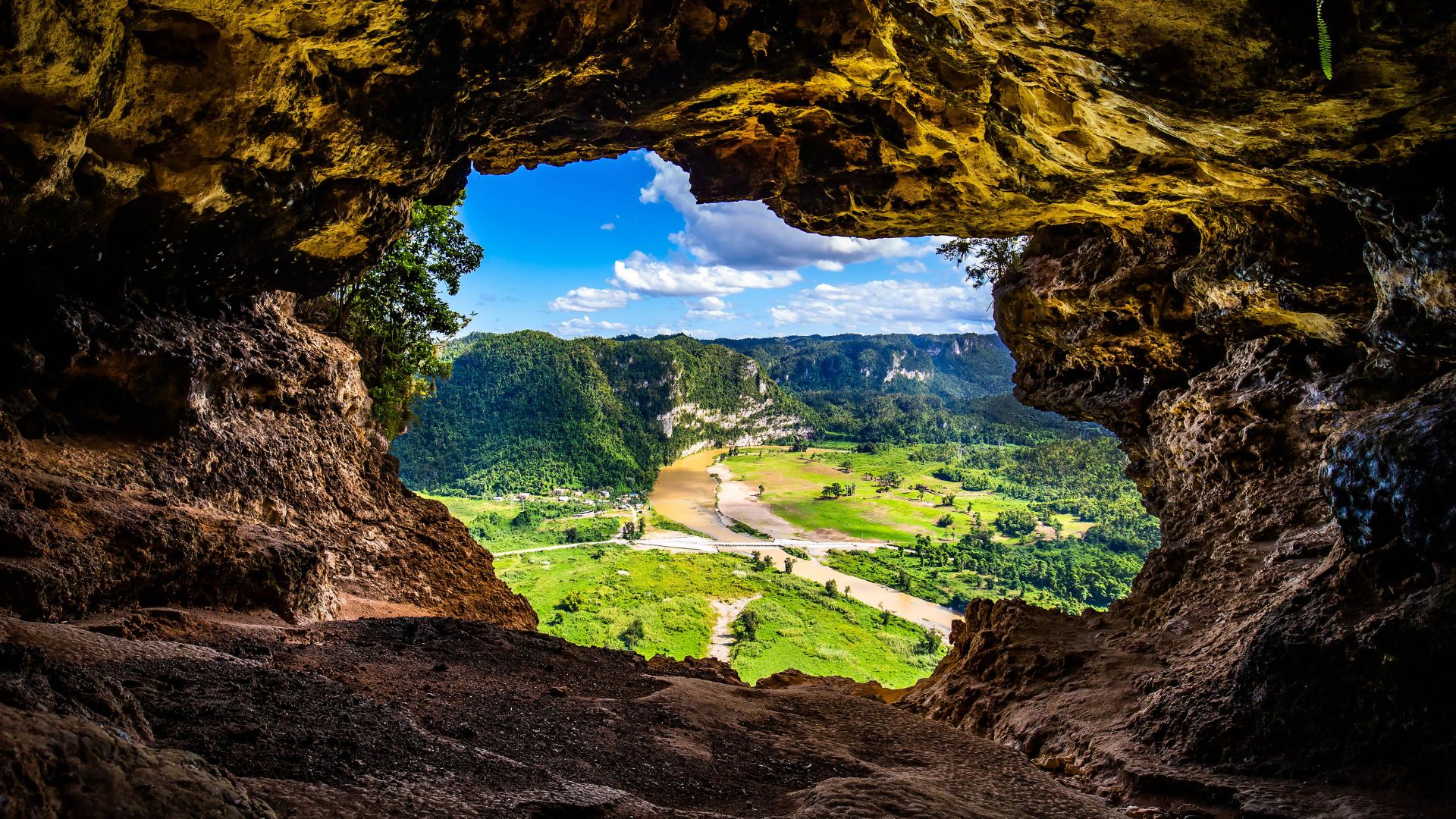Just outside the town of Castellana Grotte in Italy’s charming Puglia region sits one of nature’s most jaw-dropping creations.
When I first stepped into the Castellana Caves, I couldn’t believe what I was seeing. It felt like entering an underground wonderland—honestly, I just stood there, stunned.
These karst caves snake for over three kilometers beneath the earth, filled with wild stalactites, stalagmites, and limestone shapes that nature has been quietly sculpting for millions of years.
Walking through the caves, I felt like I’d stumbled into another universe.
As I made my way deeper, about 40 km from Bari, a chill brushed my face, and the world above faded away.
What sets this place apart isn’t just the sheer size—it’s the dramatic beauty in every chamber.
Centuries of dripping water have carved out natural sculptures that seem almost too perfect to be real.
Exploring Castellana’s underground world became a highlight of my Puglia trip.
Photos try, but they just don’t do it justice—seeing those lights play across the rocks and watching the colors and shadows shift beneath the earth is something you need to experience for yourself.
If you’re heading to southern Italy, this underground wonderland belongs on your list.
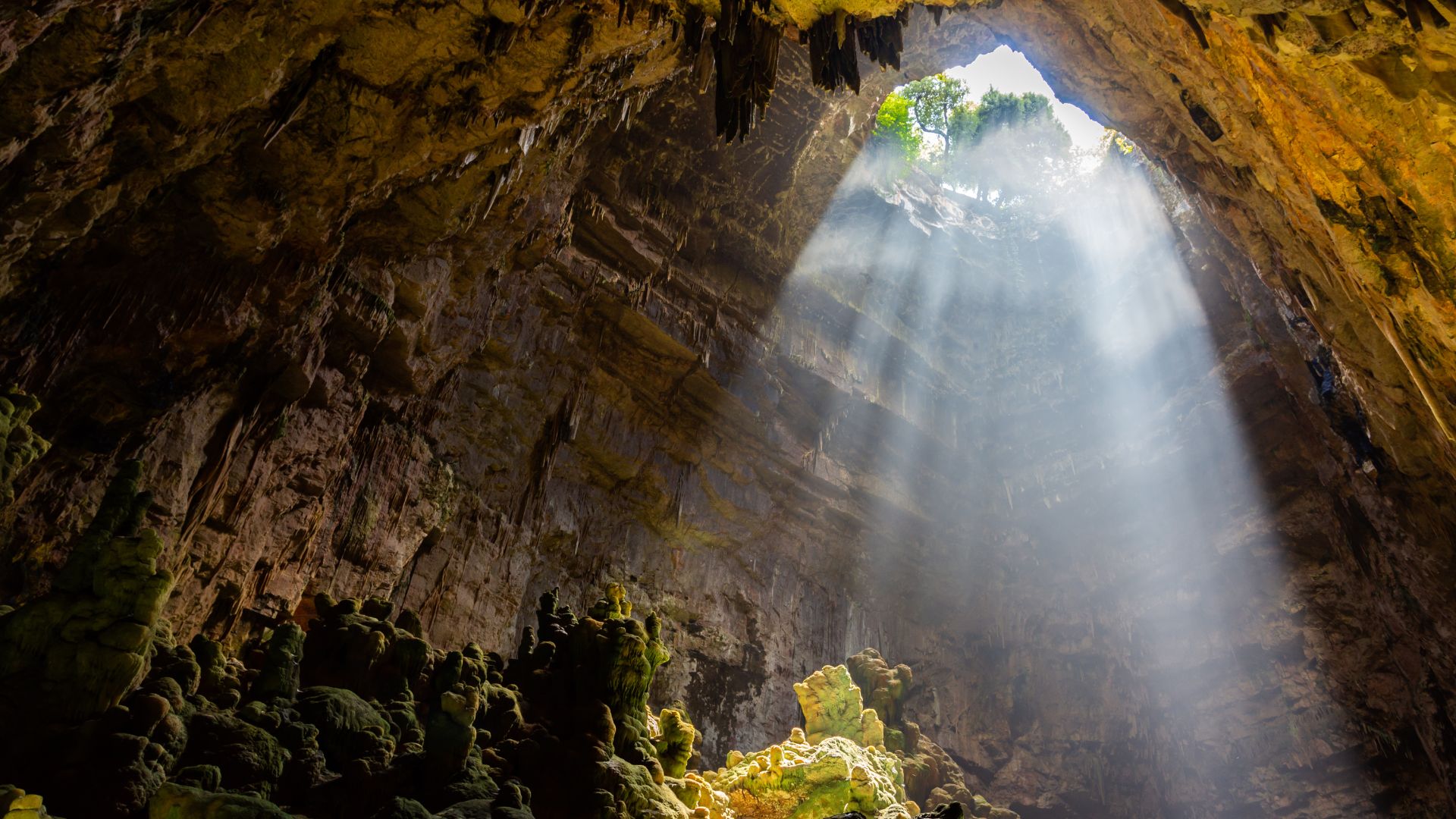
The Wonders of Castellana Caves
The Castellana Caves show off some of nature’s most impressive underground formations across a sprawling three-kilometer network.
Right outside Castellana Grotte in Puglia, these caves reveal a secret world of limestone art that’s been evolving forever.
A Dramatic Entrance: La Grave Abyss
When I caught my first glimpse of La Grave, it just stopped me in my tracks.
This huge entrance chamber drops about 70 meters, creating a dramatic gateway to the cave system.
Sunlight pours through a hole in the ceiling, sending down beams that light up parts of the chamber and leave the rest in mystery.
As I went down into this natural cathedral, the temperature dipped.
Water has shaped the walls over countless millennia, making a scene that feels nothing like the world above.
Standing at the bottom, I stared up at that shaft of light and felt tiny, like I was witnessing geological history in one spot.
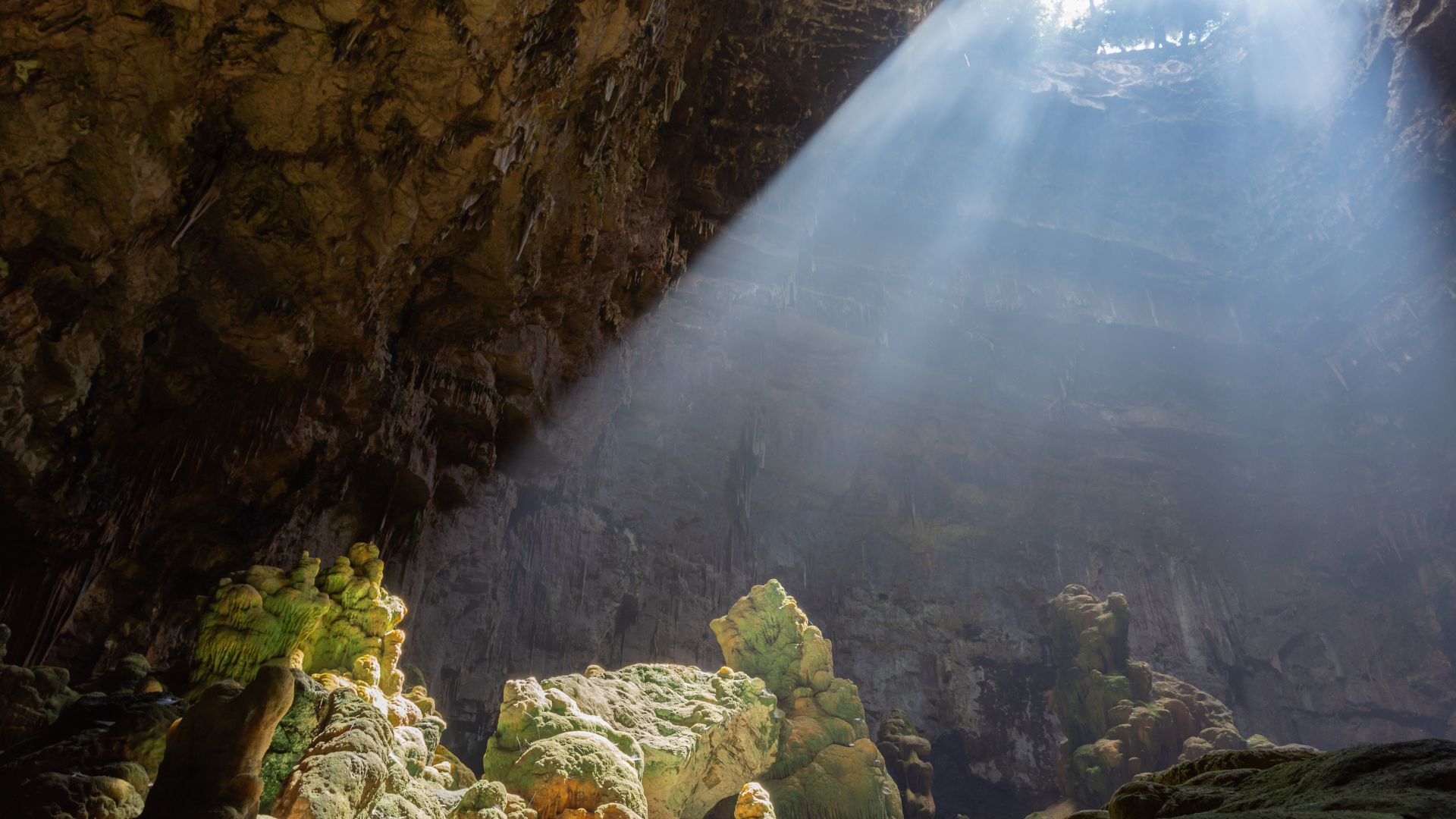
Stalactites and Stalagmites: Nature’s Masterpieces
Throughout the caves, I found formations that looked almost designed by hand.
Stalactites dangle from the ceiling like stone icicles, while stalagmites reach up from the ground to meet them.
Some even connect to form tall columns.
The colors are wild—whites, reds, browns—each one thanks to different minerals.
Some formations look like curtains, others like frozen waterfalls, and a few shapes just set your imagination running.
These formations grow incredibly slowly.
Most add only one cubic centimeter every 100 years!
So, the biggest ones I saw? They’ve taken hundreds of thousands of years to form.
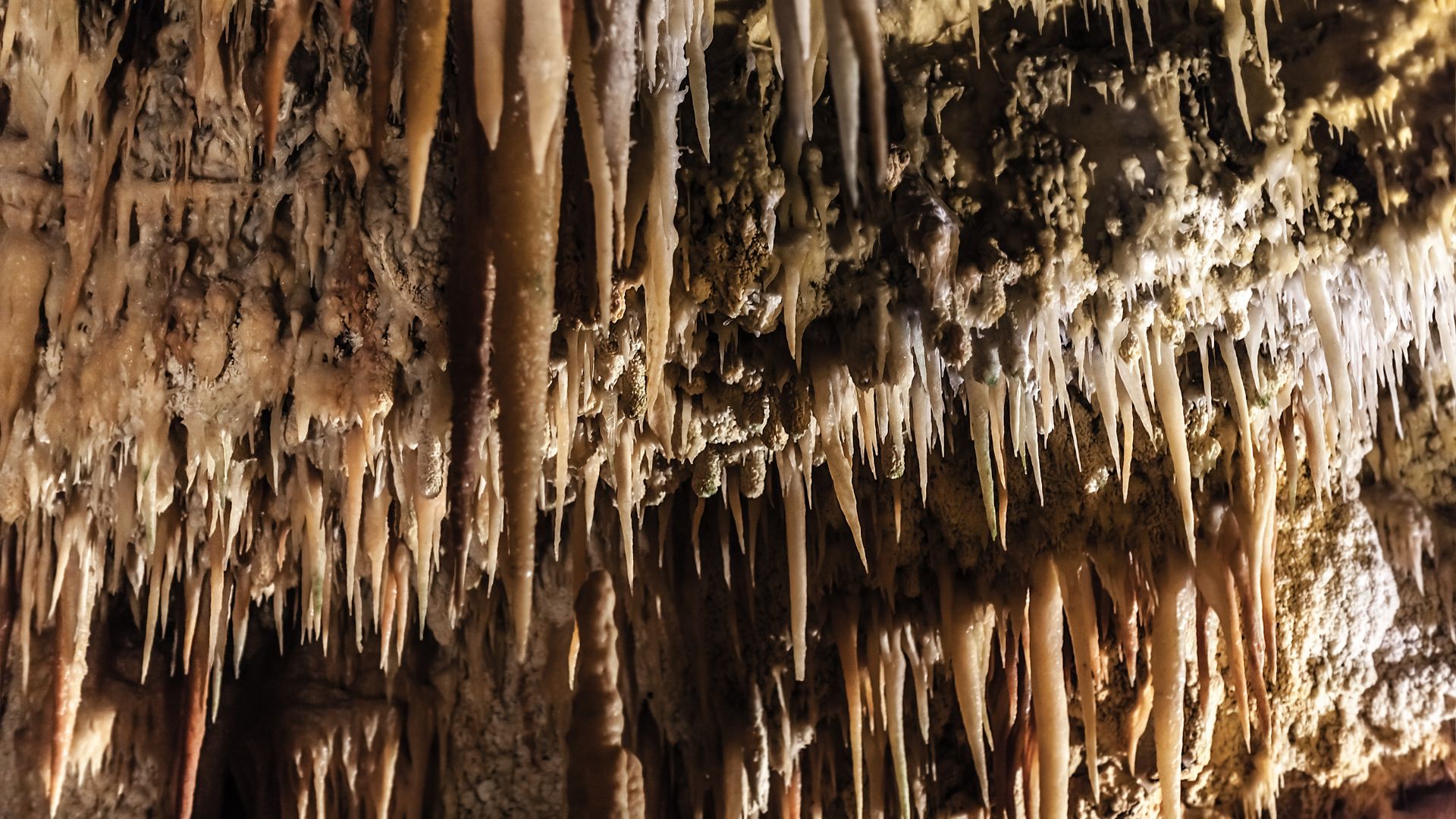
Subterranean Chambers and Passages
The cave system links up a bunch of different chambers, each with its vibe.
The White Cave (Grotta Bianca) stands out; its alabaster formations seem to glow under the soft lights.
I squeezed through narrow passages that suddenly opened into massive rooms with high ceilings.
The acoustics are wild—our guide clapped, and the sound bounced all around.
The paths are well-kept and lit, so even first-time cavers can manage.
It’s always about 16-18°C (61-64°F) down there, which feels fantastic when it’s scorching outside.
Underground pools reflect the formations above, doubling the magic of this hidden wonderland beneath Puglia’s limestone hills.
Planning Your Castellana Caves Adventure
If you want to make the most of your visit to the Castellana caves, a bit of planning helps.
Here’s what I learned before heading underground.
How to Get to Castellana Grotte
The caves sit about 40 km from Bari in Puglia, so they’re easy to reach for a day trip.
I drove there myself—parking was a breeze, with lots of spots near the entrance.
If you’re using public transport, trains run from Bari to Castellana Grotte station.
It’s about a 1.5 km walk from there, or you can hop on a local bus.
A lot of people pair their cave visit with stops in nearby Alberobello or Polignano a Mare.
Both towns are just 15-20 minutes away by car, so it’s easy to fill your day with sights.
If you’re based in Bari, tour companies offer day trips that handle all the logistics.
Best Times for Visiting
I found that timing your visit can make a real difference.
The caves stay open all year, but some months are just better.
Spring (April-May) and fall (September-October) are the sweet spots—comfortable weather and smaller crowds.
Inside, it’s always around 16°C (61°F), but outside, summer can get packed and lines get long.
Weekday mornings are the quietest.
I’d suggest arriving around 9 or 10 AM to dodge the big tour groups that show up later.
The caves use artificial lighting, so you don’t have to worry about sunlight for visibility.
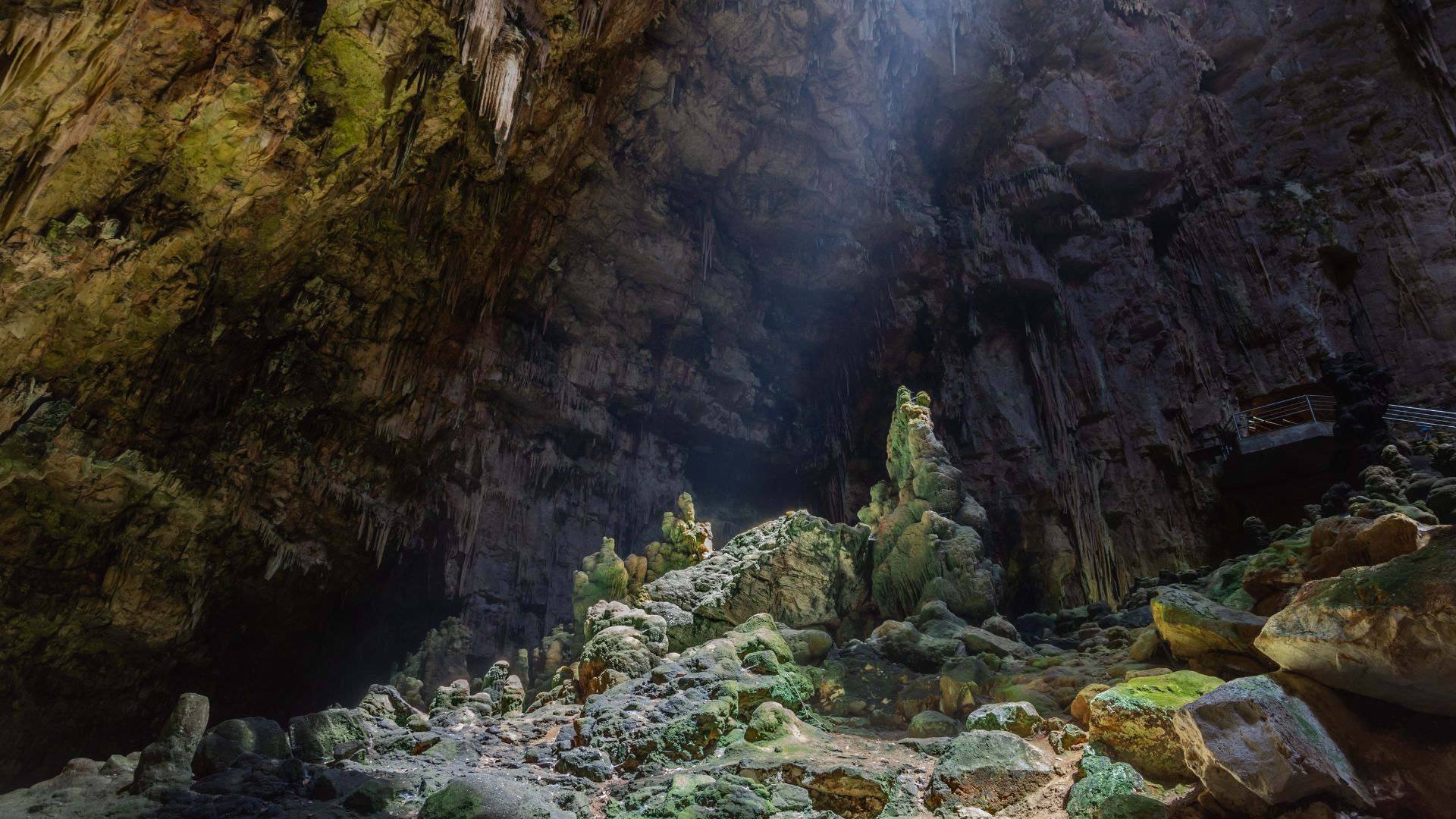
Tour Options and Tickets
You get two main tour choices at the caves.
The standard tour covers about 1 km and takes around 50 minutes—great for families or if you’re short on time.
But if you want the full experience, go for the complete tour (about 3 km).
It includes the jaw-dropping White Cave and lasts about 2 hours.
Ticket prices (2025):
- Standard Tour: €12 for adults, €10 for kids
- Complete Tour: €18 for adults, €14 for kids
- Combined Ticket: €25 for both tours
Book online ahead of time, especially in peak season.
The official website makes it easy, and sometimes runs special deals.
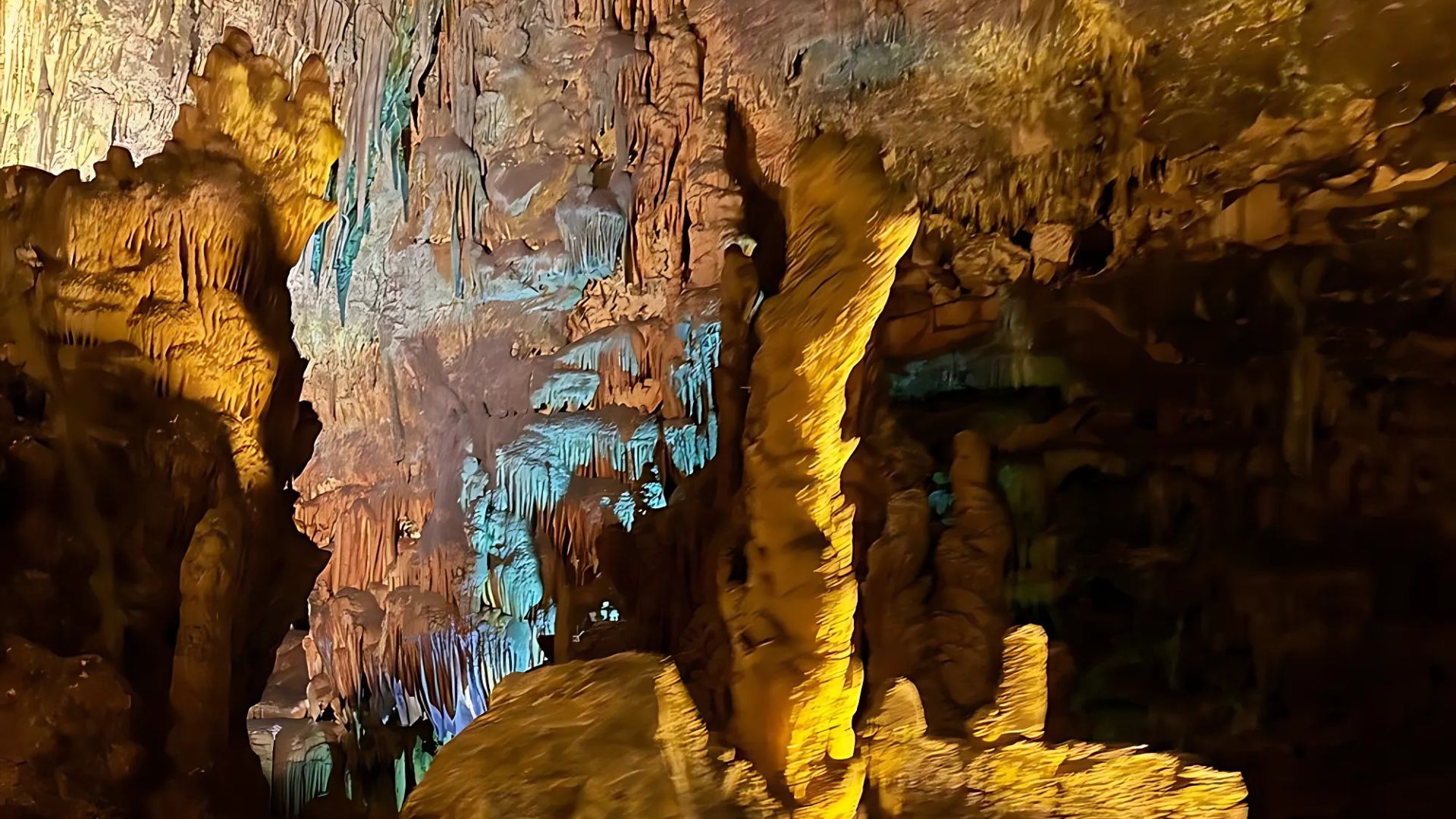
Practical Tips for Exploring Underground
You’ll want to prep a little for the cave environment.
I always wear closed, comfy shoes with a good grip—the floors can get slippery.
Dress in light layers.
Even on a blazing day, you’ll want a sweater or jacket for the steady 16°C underground.
You can take photos, but no tripods or flash—they want to keep the caves safe.
A camera with good low-light performance is your friend.
There are stairs and some tight spots along the way.
Guides move at a steady pace, but the full tour does require basic fitness.
There’s a simplified route if you need it.
Bring a small water bottle, but no food is allowed inside.
Bathrooms are at the visitor center, so use them before you start.
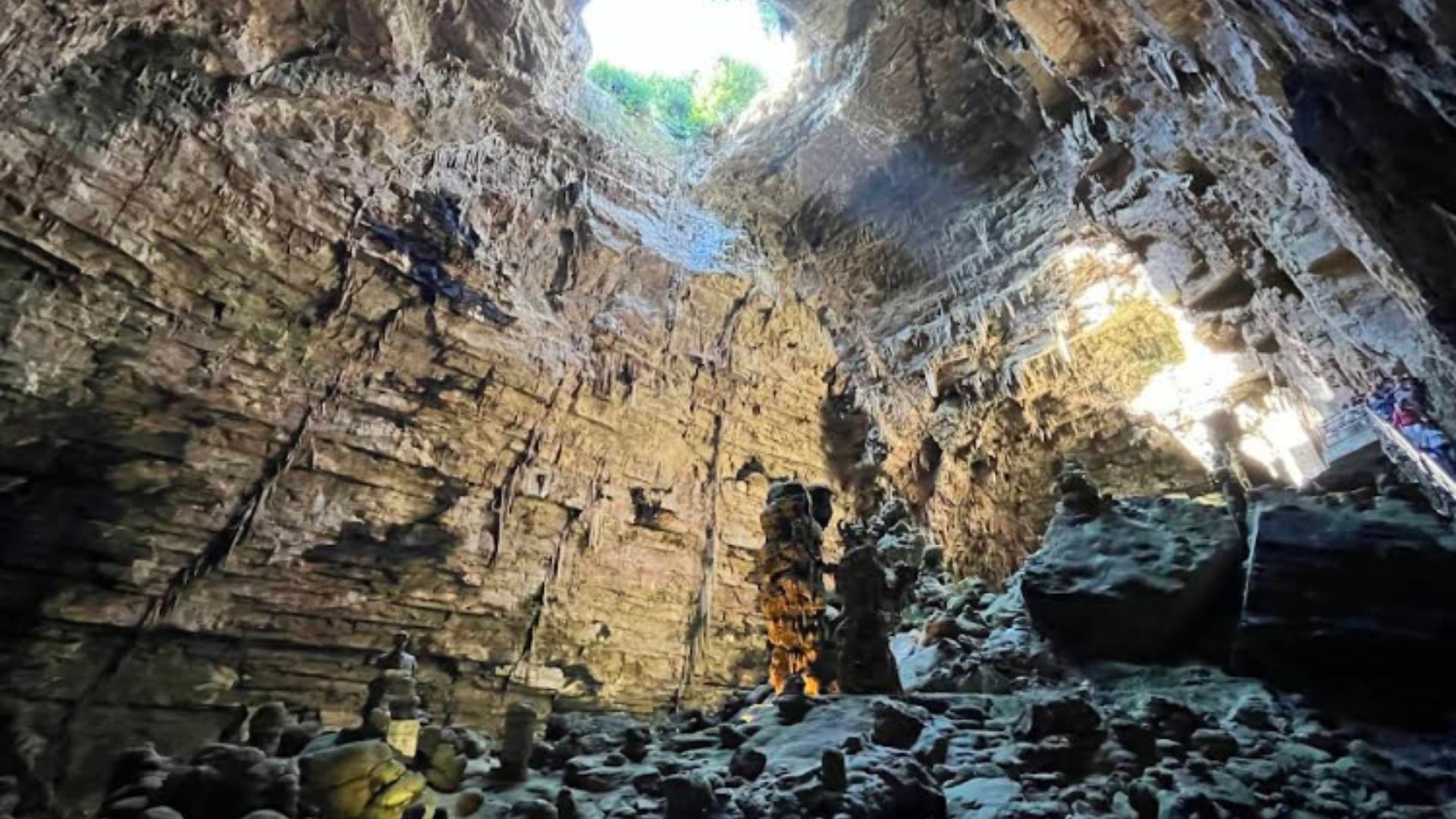
Capturing the Magic: Photography and Art Inside the Caves
If you want to document your adventure in the Castellana Caves, you’ll need to know the rules.
A lot of people are surprised by the photography restrictions down there.
The Perfect Shot: Tips for Cave Photography
Photography inside the Castellana Caves is pretty limited.
From what I’ve seen, you can only snap photos in the first cave area—after that, it’s a no-go.
I learned this the hard way last year!
When you do get to take photos, turn off your flash to protect the formations.
Low light makes things tricky, so a camera that handles shadows well is key.
If you have a small tripod, you might get to use it in the photo zone.
I’ve found wide-angle lenses work best for capturing the full scale.
Just remember, the rules are there for a reason—to keep this place around for future explorers.
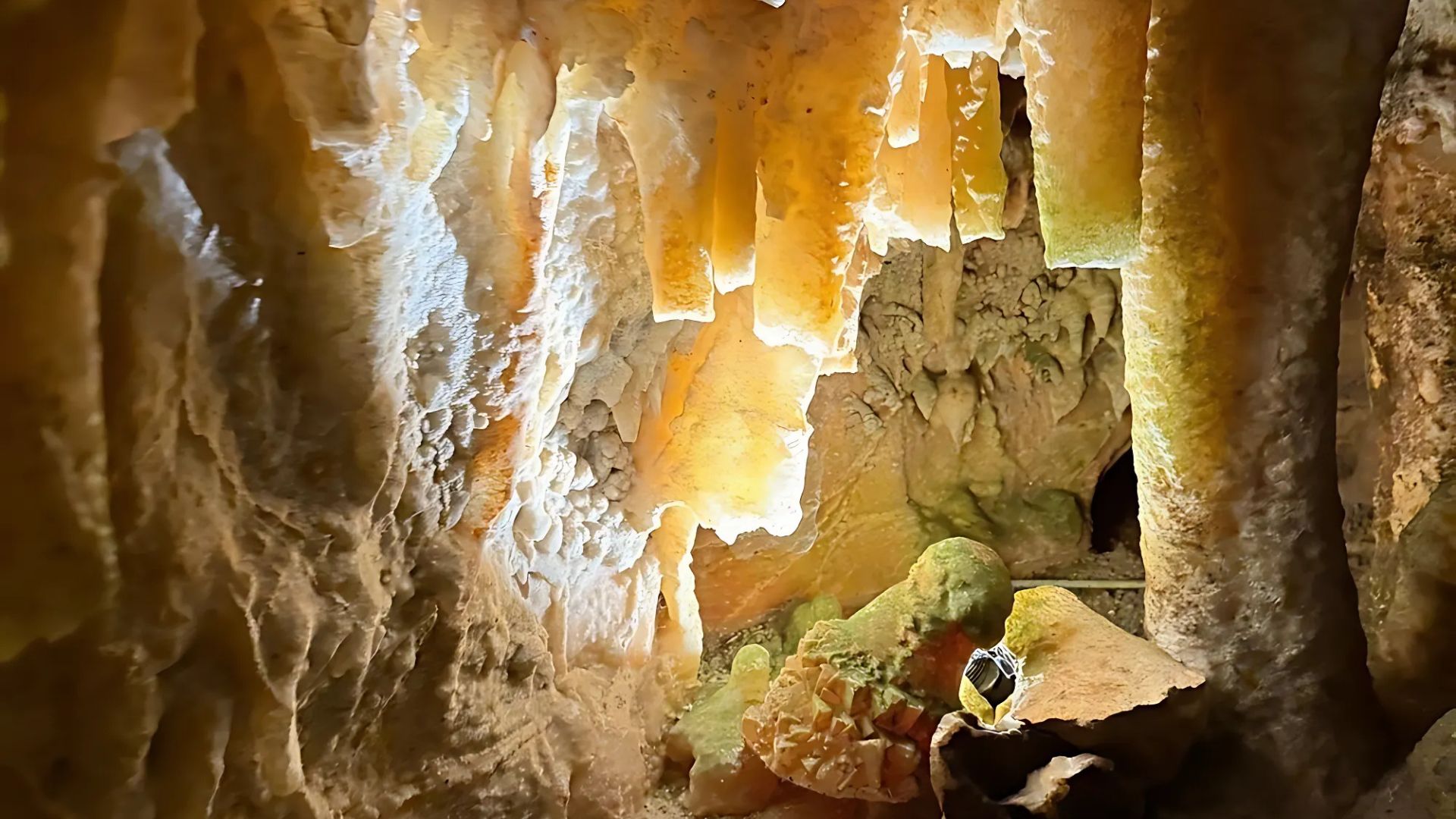
Bringing Home Vivid Memories: Stock Photos and Vectors
If the photo rules leave you a little bummed out, don’t worry.
I found a few great ways to bring home memories.
The gift shop sells gorgeous stock photos—these pros know how to capture the caves’ best angles.
They pick up details you’d miss with a regular camera.
For artists and designers, there are vectors and digital illustrations of the caves’ unique formations.
They make fun souvenirs or design pieces.
The official website even has videos that walk you through the whole cave system.
I bought one myself, and it instantly takes me back underground.
Buying these visual souvenirs helps fund cave preservation, too.
Legendary Caves Across the Globe
Beneath the Earth’s surface, nature hides some of its wildest creations.
All over the world, you’ll find caves shaped by millions of years of slow, patient geology.
Each one has its own story and strange beauty.
Stunning Karst Caves Worldwide
Karst caves stand out as some of the planet’s most mind-blowing features.
In Asia, Vietnam’s Hang Son Doong is the world’s largest cave—you could fit whole forests inside.
China’s Reed Flute Cave glows with colorful lights bouncing off its stalactites.
Thailand’s Tham Lod Cave lets you drift through on bamboo rafts while checking out ancient cave art.
In the Americas, Carlsbad Caverns in New Mexico packs in more than 119 known caves.
The “Big Room” is massive—think six football fields in size!
Cuba’s Gran Caverna de Santo Tomás stretches over 46 kilometers, making it the Caribbean’s biggest cave system.
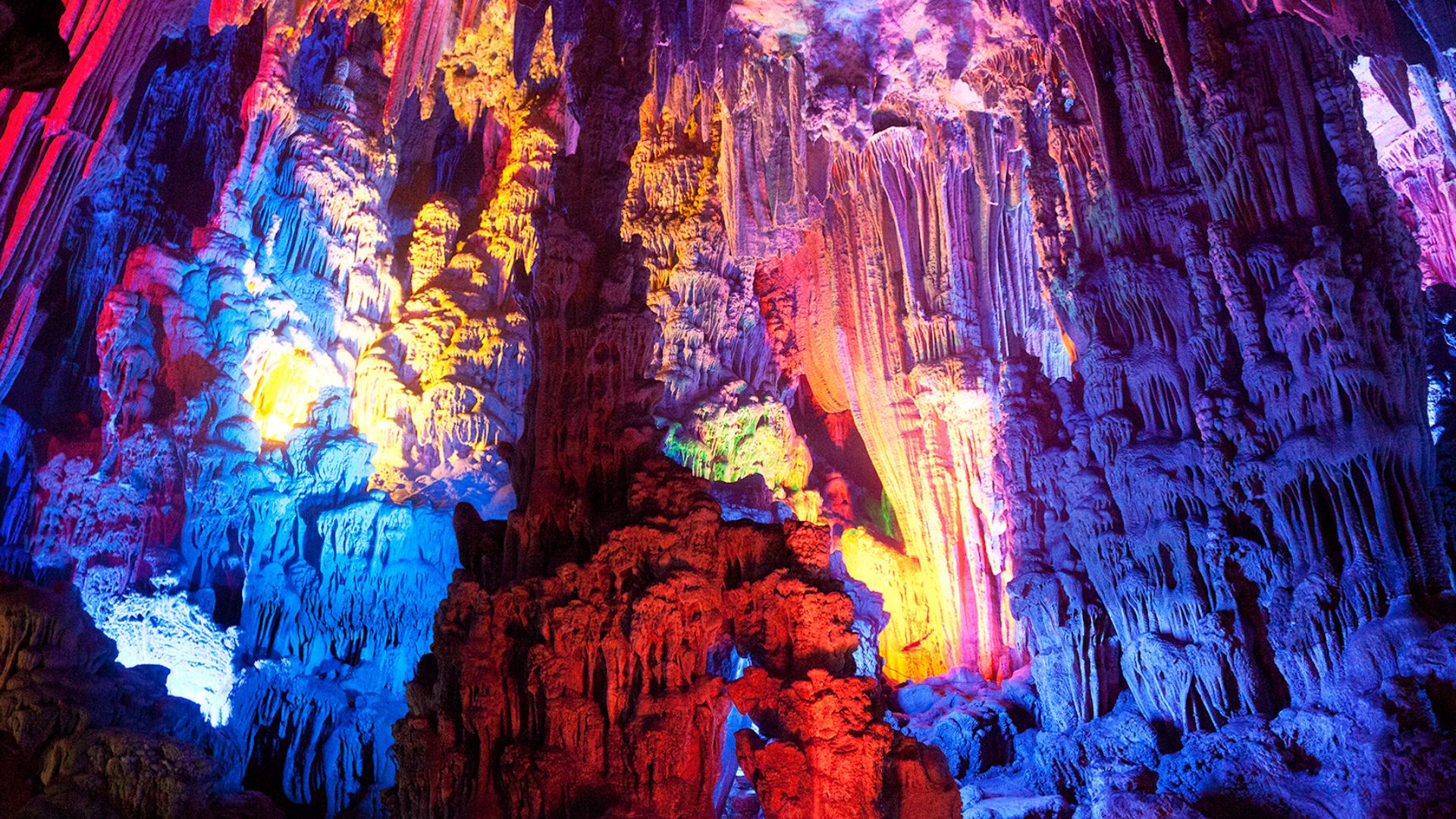
Spectacular European Undergrounds
Europe’s underground scene is just as impressive.
Slovenia’s Postojna Cave system runs for 24 km, and you can ride a little electric train through its main halls.
The Škocjan Caves nearby have Europe’s largest underground canyon.
Spain’s Cuevas del Drach on Mallorca hides one of the world’s largest underground lakes.
They even host classical concerts on boats there.
Italy’s Frasassi Caves in the Marche region reveal huge chambers full of pure white alabaster.
The “Ancona Abyss” is so big, you could fit Milan’s cathedral inside.
Other European highlights include Croatia’s Blue Cave with its glowing blue water, Greece’s Melissani Cave with its collapsed roof, and Bulgaria’s Devetashka Cave, home to thousands of bats.
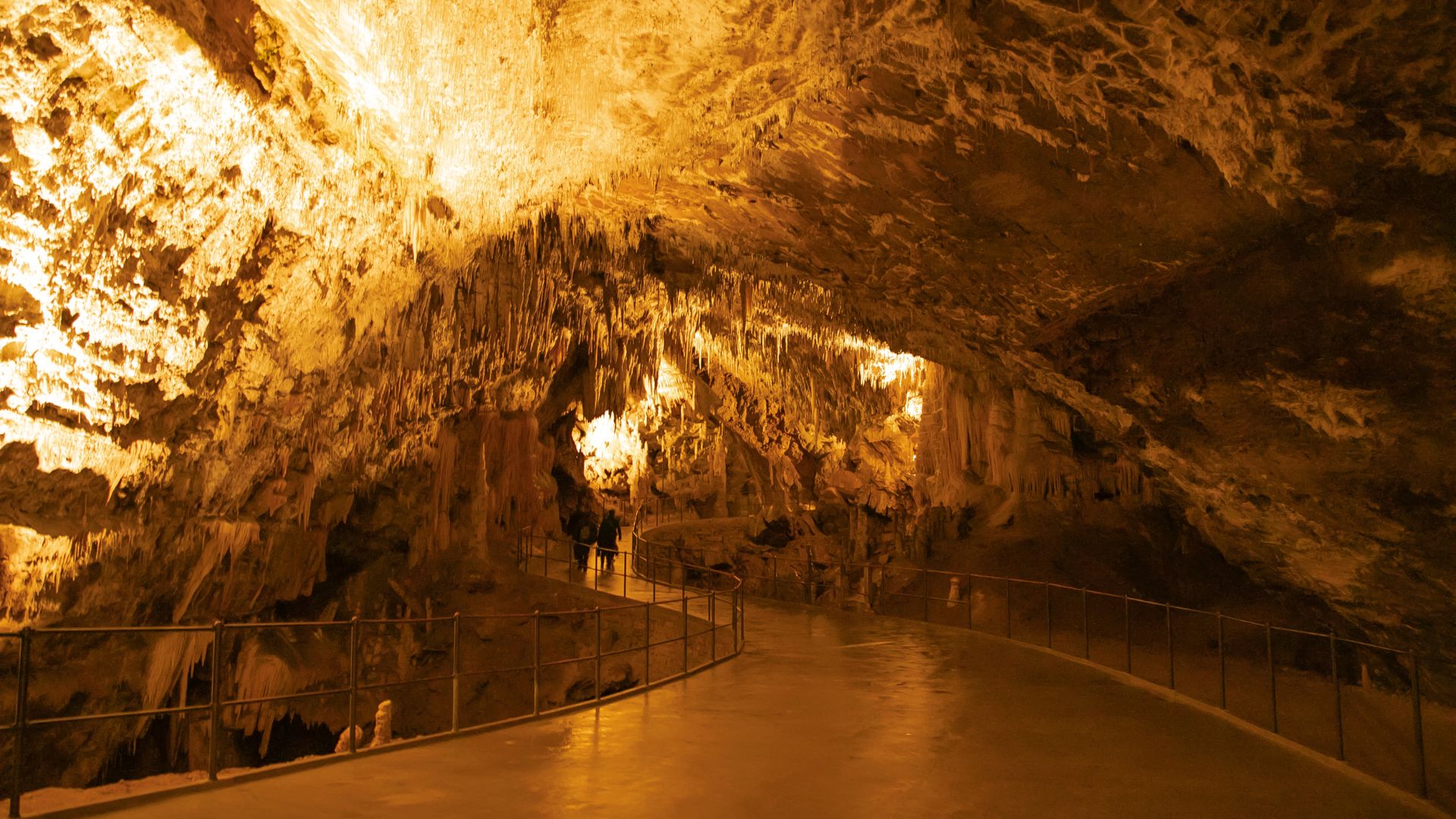
Exotic Cave Destinations Beyond Europe
You’ll find breathtaking caverns waiting to be explored outside of Europe. In Jordan, ancient Nabataeans carved incredible man-made cave structures right into the rose-colored cliffs of Petra.
Puerto Rico has Cueva Ventana (“Window Cave”), where a natural opening reveals a gorgeous view of the valley below. The limestone inside dates back millions of years, which is kind of mind-blowing if you stop to think about it.
South Africa’s Cango Caves sit in the Western Cape and show off some of Africa’s best dripstone formations. Locals gave the chambers whimsical names like “Fairy Palace” and “Rainbow Room.”
In Namibia, explorers only discovered the Dragon’s Breath Cave in 1986. It hides the world’s largest underground non-subglacial lake—pretty wild, right?
Turkey’s Cappadocia region is famous for its hundreds of cave dwellings. People carved these homes from soft volcanic rock and have lived there for thousands of years.
Bermuda’s Crystal Caves invite visitors into a dreamlike world. Clear pools mirror the pristine formations above, and the water glows a surreal shade of blue.
